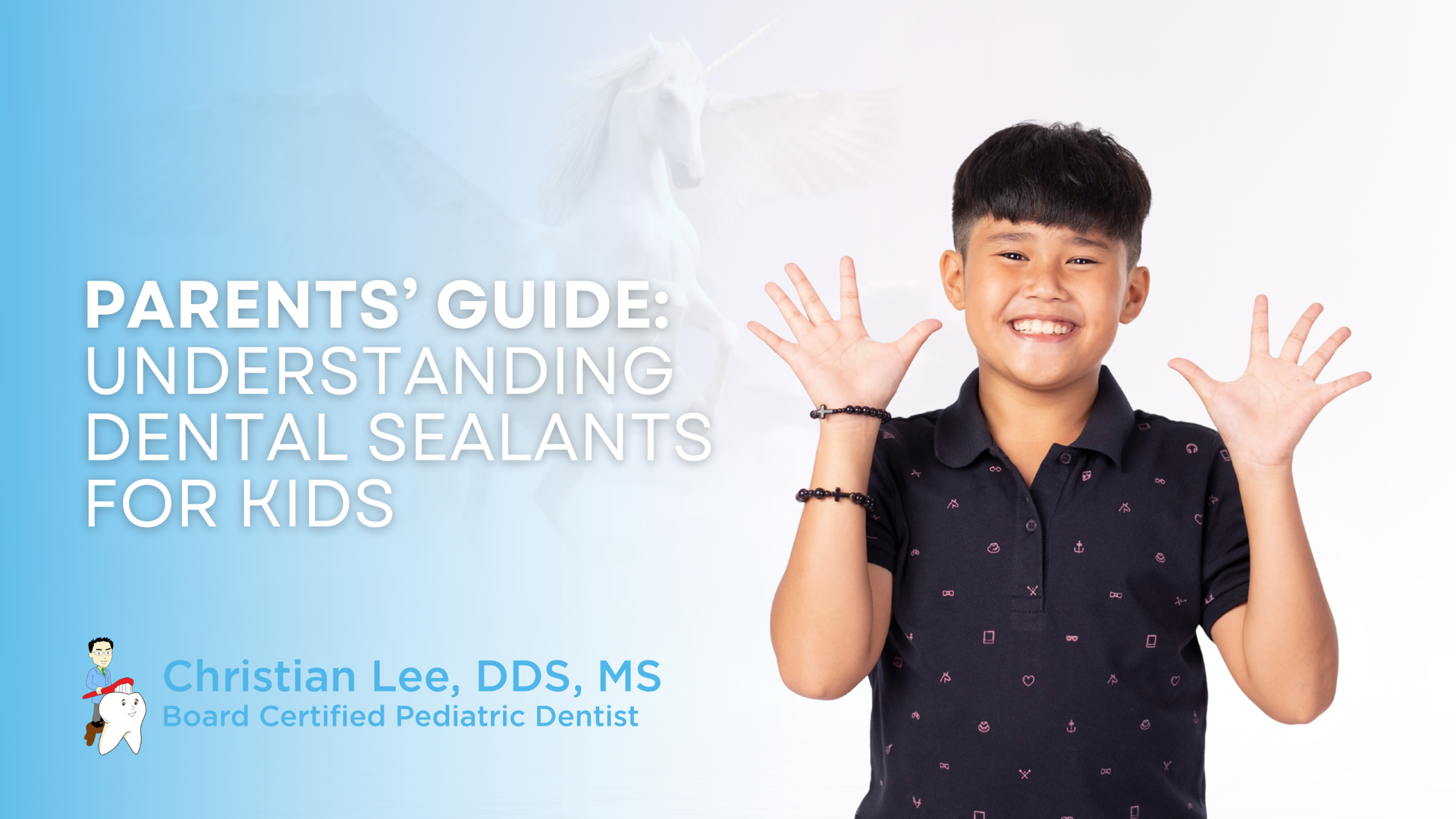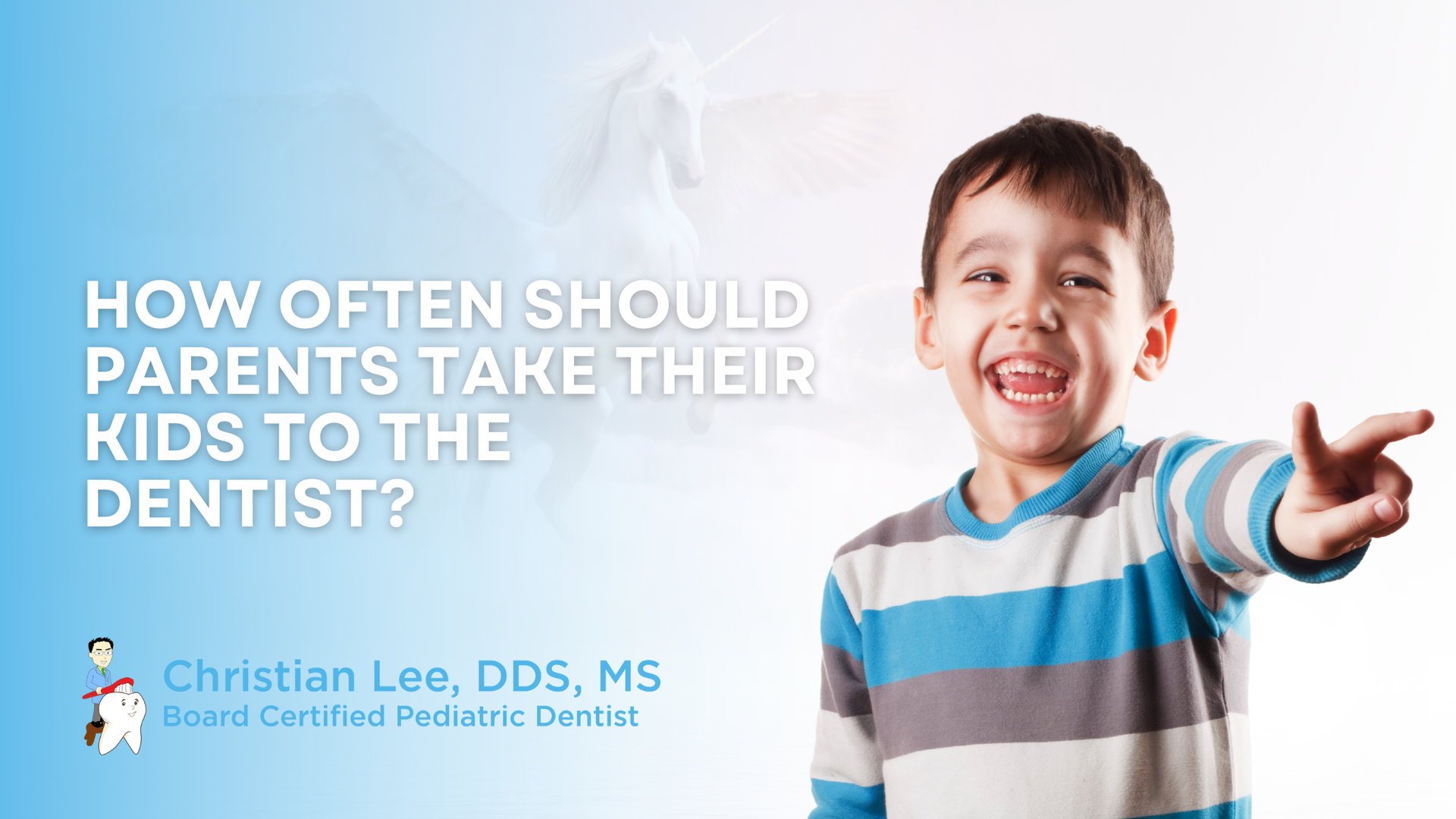Sedation Dentistry for Kids: What Parents Should Know

Source: Dr. Marketing
Visiting the dentist can be an unfamiliar and sometimes intimidating experience for young children. The sounds, smells, and sensations of a dental office may trigger anxiety or fear, especially when a procedure requires more than just a simple cleaning. This is where pediatric sedation dentistry comes in — a safe, effective, and often necessary tool that helps children receive essential dental care in a calm and stress-free environment.
At Christian K. Lee, DDS, MS located in Palo Alto, we specialize in creating positive dental experiences for children. Understanding sedation dentistry is key to making informed decisions as a parent. In this blog, we will explore what pediatric sedation involves, when it is recommended, how safety is maintained, and common myths versus facts.
Understanding Pediatric Sedation Dentistry
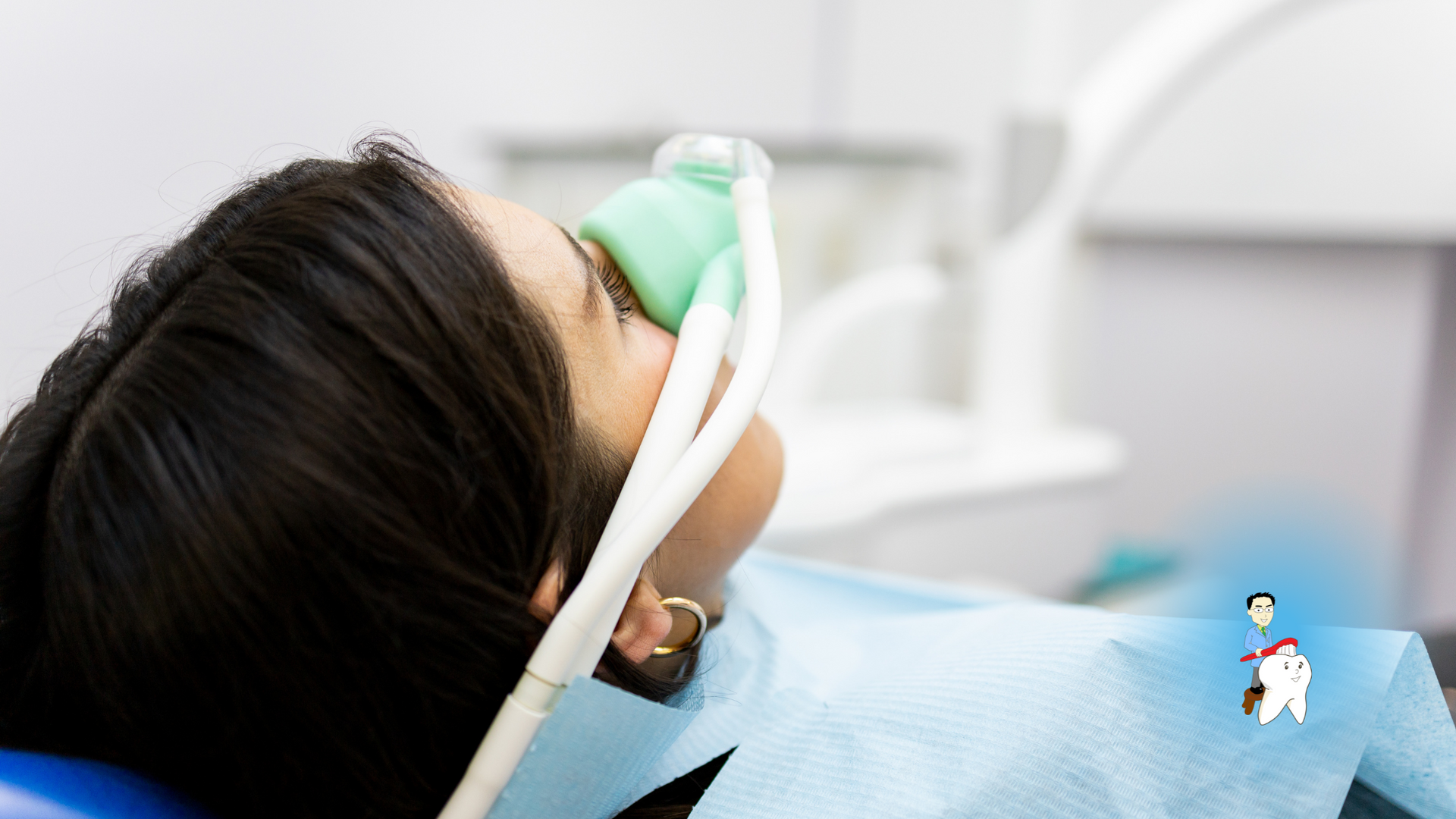
Pediatric sedation dentistry refers to the use of sedative medications to help children relax during dental procedures. The level of sedation can range from minimal (awake but relaxed) to deep sedation (nearly or fully asleep, but still responsive to stimuli). The goal is to ease a child’s anxiety, prevent trauma, and ensure procedures can be completed safely and efficiently.
There are four main types of sedation used in pediatric dentistry:
- Nitrous Oxide (Laughing Gas): A mild sedative inhaled through a nose mask. It induces relaxation while allowing the child to remain awake and responsive.
- Oral Conscious Sedation: Administered as a syrup or pill, this provides a deeper level of relaxation but still allows the child to remain conscious.
- IV Sedation: Medication is delivered intravenously, offering a deeper state of sedation. It is usually reserved for more complex procedures.
- General Anesthesia: The child is completely asleep and unaware. Typically used in hospital settings or for children with special health needs.
Each method is chosen based on the child’s age, anxiety level, medical history, and the nature of the dental procedure.
When Is Sedation Dentistry Recommended?
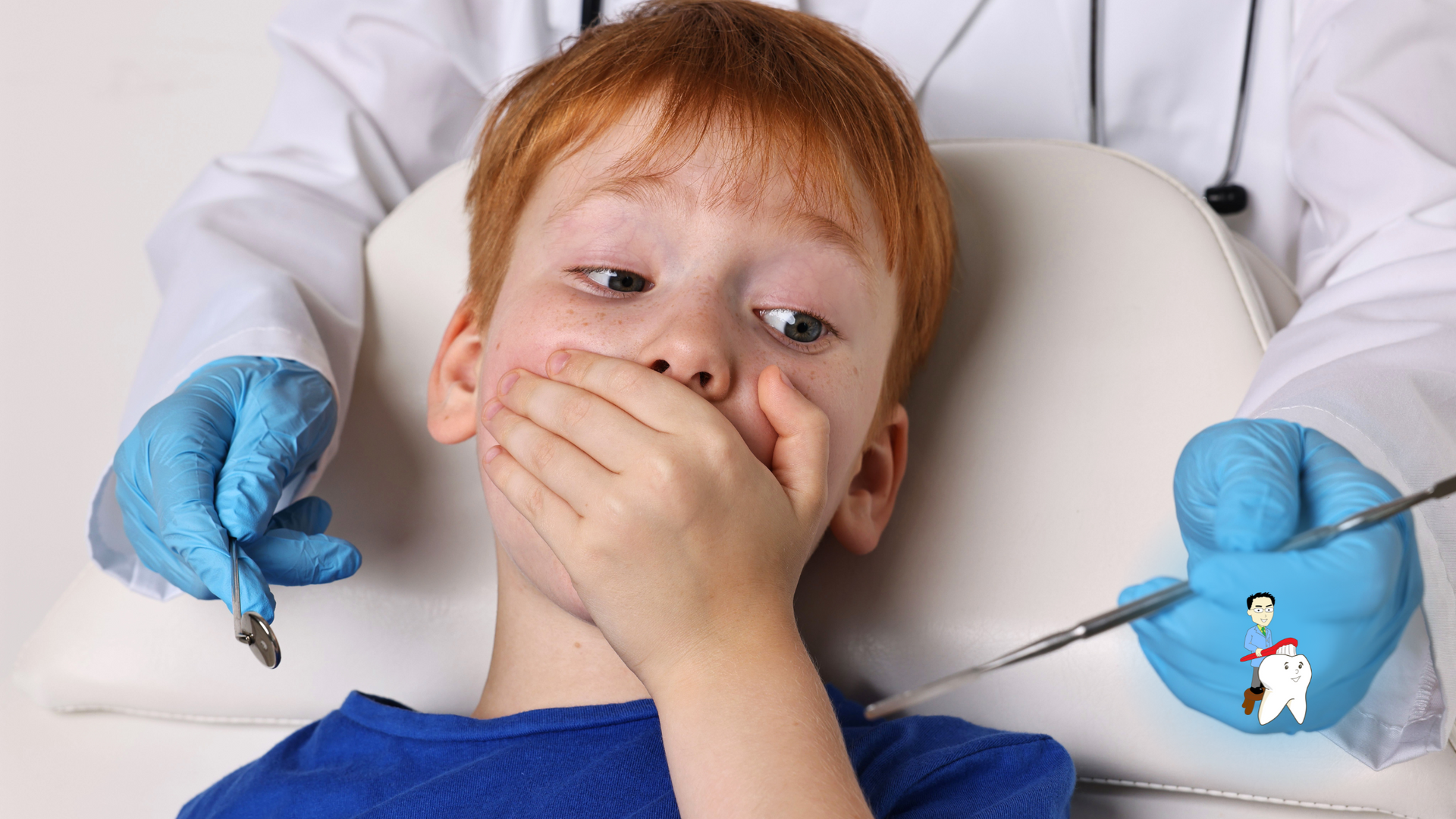
Sedation is not always necessary, but it can be highly beneficial in certain situations:
- High Dental Anxiety or Fear: Some children experience extreme fear at the dentist, making even routine visits difficult.
- Young Age or Developmental Delay: When a child is too young to understand or cooperate during treatment, sedation can help.
- Lengthy or Invasive Procedures: Fillings, crowns, extractions, or procedures requiring absolute stillness may call for sedation.
- Gag Reflex or Sensory Sensitivities: Children with a strong gag reflex or sensory processing issues may struggle with dental tools or sounds.
By minimizing fear and movement, sedation allows pediatric dentists to perform treatments safely, efficiently, and without distress to the child.
Safety First: How Pediatric Sedation Is Administered Safely

Safety is the top priority in pediatric sedation dentistry. Guidelines and standards are established by leading organizations such as the American Academy of Pediatric Dentistry (AAPD) and the American Society of Anesthesiologists (ASA) to ensure that every child’s sedation is carefully planned and monitored.
Here are the key safety protocols followed:
- Thorough Pre-Sedation Evaluation: Before sedation is considered, the dentist will review the child’s complete medical history, current medications, and any known allergies. Parents are asked to share details about past reactions to anesthesia or sedation, as well as behavioral considerations.
- Customized Sedation Plans: No two children are alike. The type and dosage of sedation is tailored to each child's age, weight, health, and procedure type. The smallest effective dose is always used.
- Highly Trained Providers: Only qualified professionals — pediatric dentists or anesthesiologists — are authorized to administer sedation. These individuals undergo advanced training in airway management, emergency response, and pharmacology related to children.
- Continuous Monitoring: During the procedure, a trained professional monitors the child’s heart rate, breathing, oxygen levels, and blood pressure. Emergency equipment is always kept on hand, although complications are extremely rare.
- Post-Sedation Instructions: After the procedure, the child is monitored as they recover from sedation. Parents receive clear aftercare instructions regarding diet, rest, and potential side effects such as drowsiness or nausea.
Is Sedation Dentistry Safe for Kids?

Yes, when administered by qualified pediatric professionals, sedation dentistry is considered extremely safe for children. Studies and clinical experience show that adverse events are rare, particularly when proper protocols are followed.
The AAPD reports that the risk of complications from pediatric sedation is low — especially with non-invasive options like nitrous oxide. Even general anesthesia, when used appropriately and with full monitoring, has a strong safety record.
Still, like any medical treatment, sedation involves risks. Parents should always feel empowered to ask questions and understand the benefits and risks of their child’s care plan. Our team at Christian K. Lee, DDS, MS located in Palo Alto is committed to keeping you informed at every step.
Myths vs. Facts: What Parents Need to Know
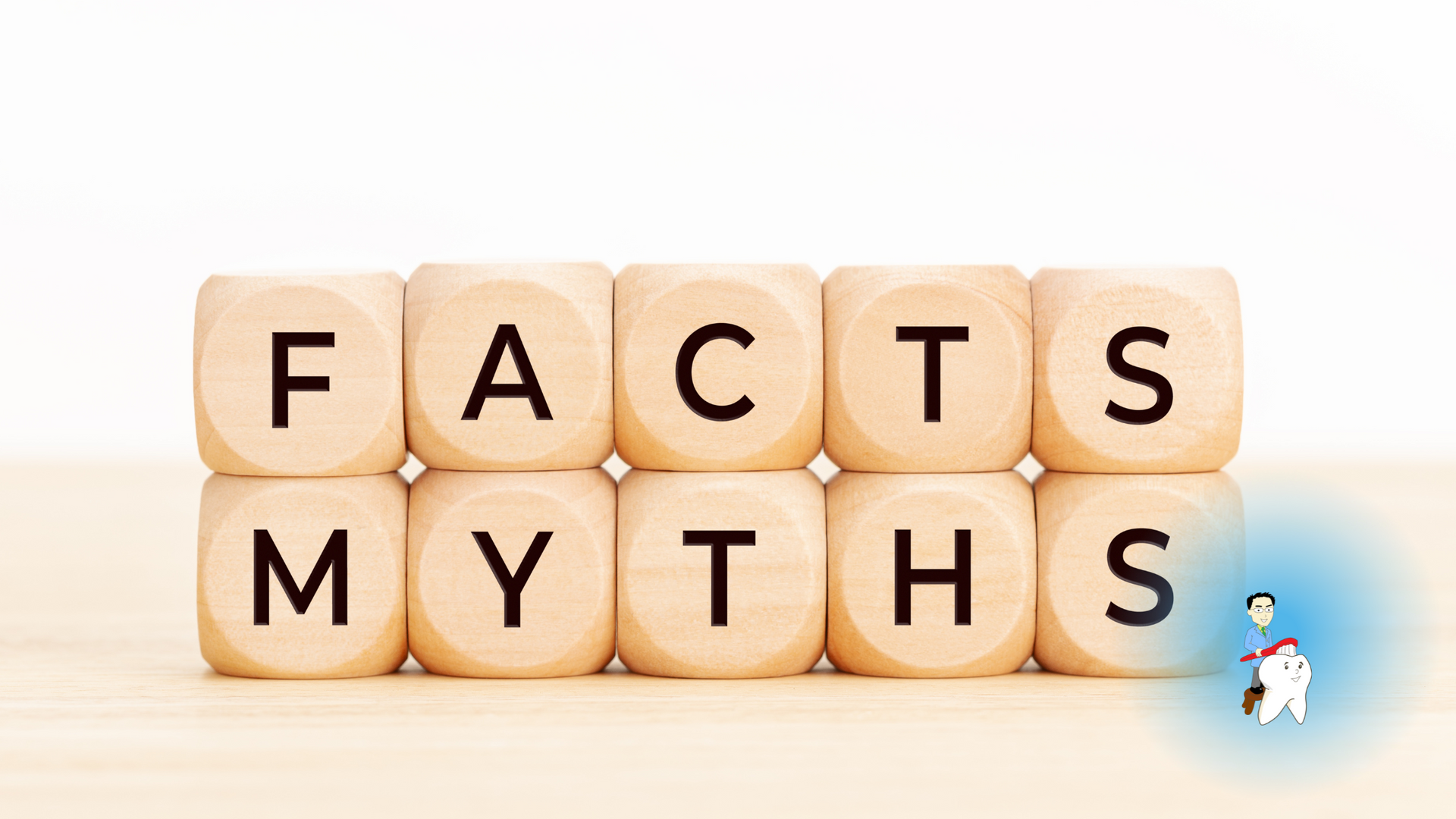
Despite its benefits, pediatric sedation dentistry is often misunderstood. Let’s clear up some common myths:
- Myth 1: Sedation Is Only for Major Surgeries
- Fact: Sedation is often used for minor procedures, like fillings, especially if a child is extremely anxious or unable to sit still.
- Myth 2: My Child Will Be Unconscious
- Fact: Most sedation types (like nitrous oxide or oral sedation) do not put the child to sleep. They remain awake, relaxed, and responsive.
- Myth 3: Sedation Is Dangerous for Children
- Fact: While all medical procedures carry some risk, pediatric sedation is safe when guidelines are followed and administered by trained professionals.
- Myth 4: Sedation Will Change My Child’s Behavior Long-Term
- Fact: There is no evidence that properly administered dental sedation has any long-term effects on a child’s behavior or development.
- Myth 5: If My Child Needs Sedation, Something Is Wrong
- Fact: Every child is different. Some simply need extra help to feel calm and safe. Using sedation doesn’t mean there is anything wrong — it’s a supportive tool to help them succeed.
Supporting Emotional and Dental Health Together

Beyond the physical safety of sedation, it’s important to understand its emotional benefits. When used appropriately, sedation can prevent dental trauma and help children build more positive associations with dental care. Avoiding treatment due to fear or behavioral challenges can lead to worsening oral health. Unaddressed decay or infections can cause pain, missed school days, and more complex procedures down the road. Sedation dentistry removes barriers, allowing children to receive the care they need — and setting the stage for a lifetime of healthy smiles.
At Christian K. Lee, DDS, MS located in Palo Alto, we work to ensure that every child’s experience is not just safe, but emotionally supportive as well. Our compassionate team talks through each step, celebrates cooperation, and helps children feel proud of their progress.
What Parents Can Do to Prepare
If your child is scheduled for a procedure involving sedation, here’s how you can help:
- Follow Pre-Op Instructions Carefully: These may include fasting or medication guidelines to ensure safety.
- Use Positive Language: Avoid phrases like “it won’t hurt” or “you have to be brave.” Instead, say, “The dentist will help your teeth stay strong and healthy.”
- Bring Comfort Items: A favorite stuffed animal or blanket can offer comfort in a new environment.
- Ask Questions: Do not hesitate to clarify anything you do not understand. Your peace of mind is important.
- Stay Calm and Reassuring: Children often take cues from their parents. If you appear confident and calm, they are more likely to feel the same.
Supporting Happy, Healthy Smiles
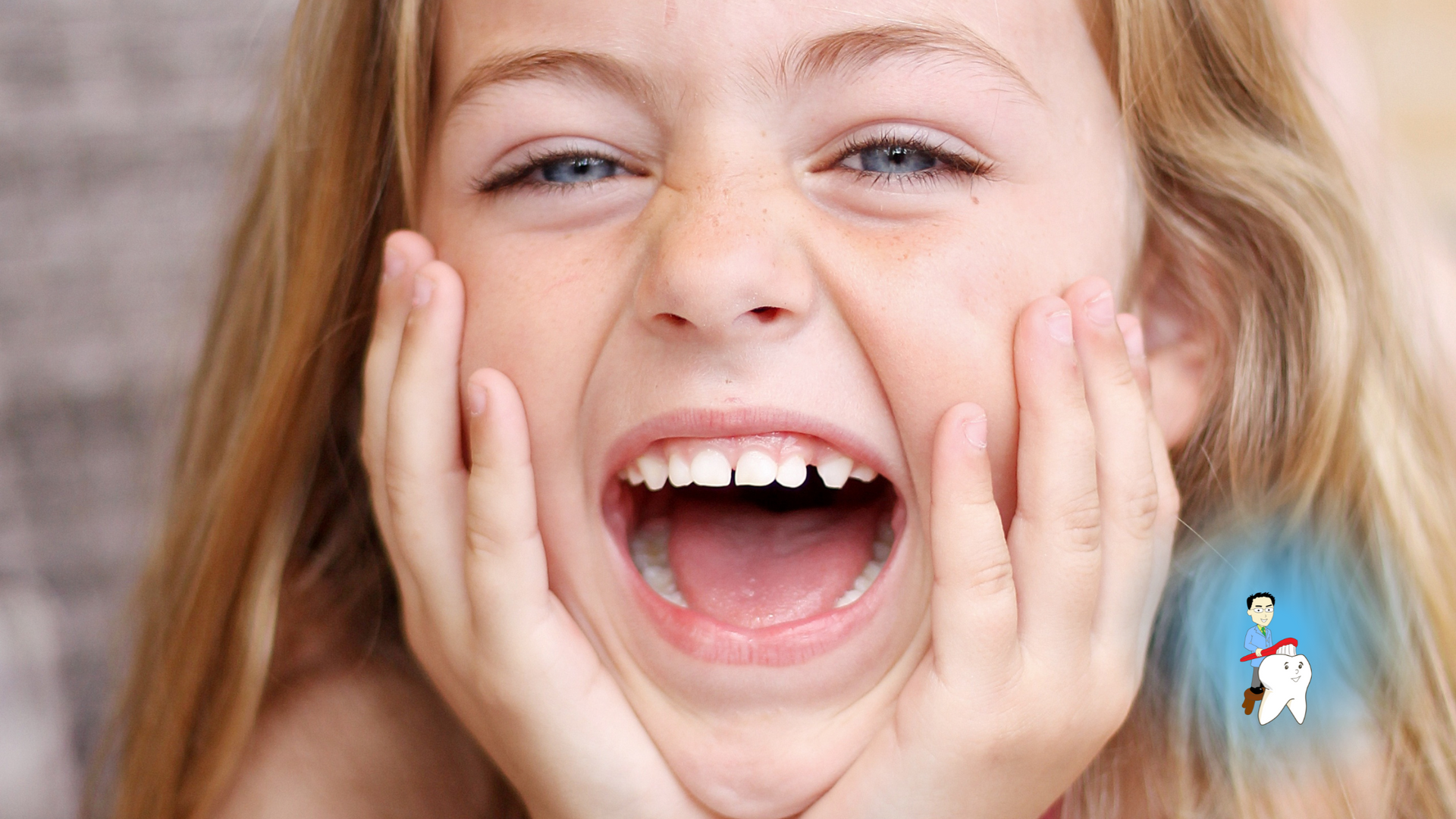
Pediatric sedation dentistry is more than just a clinical tool — it is a way to support the emotional and physical well-being of children who need help feeling comfortable in the dental chair. With the right safety measures and a caring team, sedation allows children to access necessary care without fear, pain, or trauma.
At Christian K. Lee, DDS, MS located in Palo Alto, we believe that every child deserves a gentle, personalized approach to dental health. Whether your child is anxious, young, or has special needs, we’re here to offer safe, compassionate care that works for your family.
If you have questions about sedation dentistry for children, or you are exploring your options for your child’s care, schedule a consultation with our team today. Let us help your child feel confident, safe, and ready to smile.


